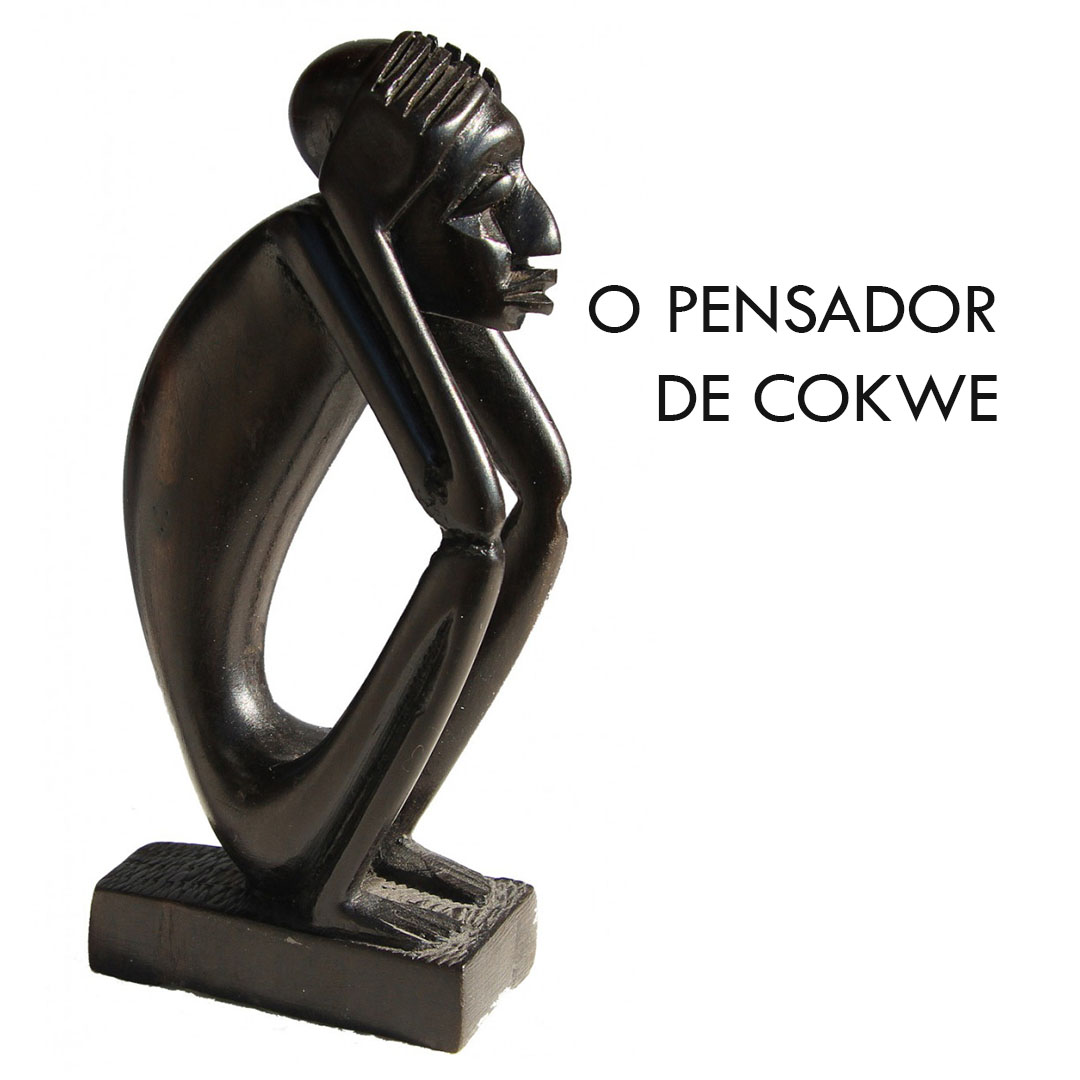CIHA SÃO PAULO 2022
CIHA SÃO PAULO 2022 Our recommendation for January/2022 is the 35th Ciha World Congress – MOTION: Migrations, from January 17th

A symbol of Angola’s national culture and represented even in the filigree of the Kwanza banknotes, the country’s currency, the Thinker is a sculpture of Cokwe origin, a Bantu ethnic group concentrated in northeastern Angola, southwestern Congo, and the far northwestern part of Zambia. The sculpture represents the figure of an elder, woman or man, and reflects the relationship that Angolan culture and other African cultures have with the elders, who represent wisdom and the holders of experience and the secrets of life.
Its origin is still undefined, despite various speculations. It is believed that the sculpture dates back to pre-colonial times (before the Berlin Congress of 1884-5), but it was only since 1980 that the figure of the thinker began to be used as a reference of Angola’s national collectivity.
“The piece, which some also call Kuku Samanyoga, is part of the n`gombo ya cisuka, the divination basket, which gives it a mystical and sacred origin: it has nothing to do with the representation of “Dante at the entrance to the gates of hell,” nor does it have any allusion to the famous poem “The Divine Comedy” as “the other” does. “Our thinker” has more to do with analyzing the present, predicting the future or, in general, with the image of the elder who meditates.” – Jornal de Angola – The Cokwé thinker in his labyrinth (2018)
CIHA SÃO PAULO 2022 Our recommendation for January/2022 is the 35th Ciha World Congress – MOTION: Migrations, from January 17th
Arte Não Europeia: conexões historiográficas a partir do Brasil Result of the first edition of our program, Connecting Art Histories:
Cerâmicas Arqueológicas da Amazônia – Rumo a Uma Nova Síntese Organized by Cristiana Barreto, Helena Pinto Lima and Carla James
Archaeology in Schools Coordinated by professors and researchers Anne Rapp Py-Daniel and Myrtle Pearl Shock, “Archaeology in Schools” is an
The Thinker of Cokwe A symbol of Angola’s national culture and represented even in the filigree of the Kwanza banknotes,
TOCAPU Tocapu was a decorative art form used in the Inca Empire, present in various media such as textiles, ceramics,
UKIYO-E Developed from the 17th century onwards in Japan, ukiyo-e is a genre of woodcut printmaking that represents one of
XVI ENCONTRO DE HISTÓRIA DA ARTE Today started the XVI Art History Encounter organized by IFCH – Institute of Philosophy